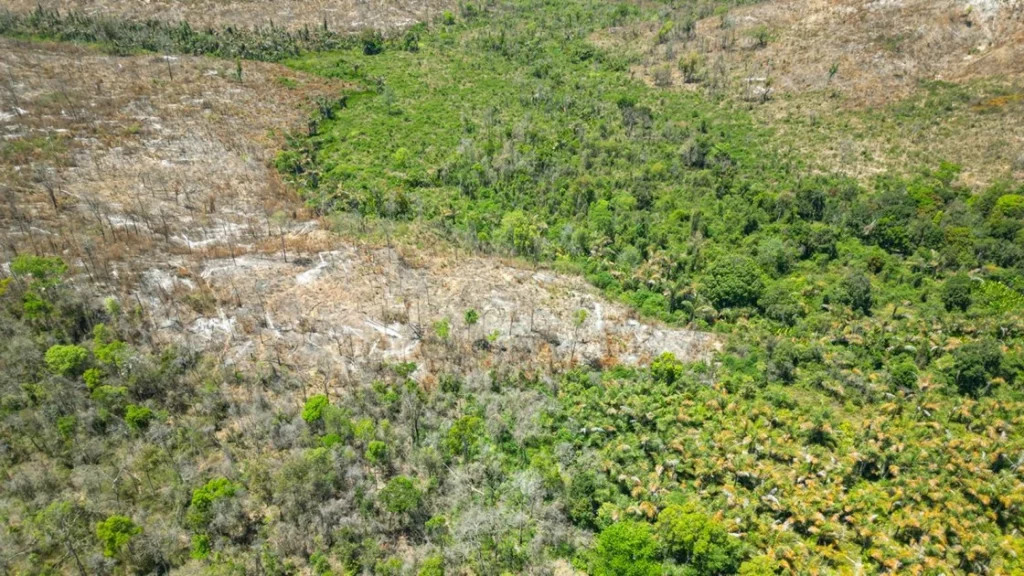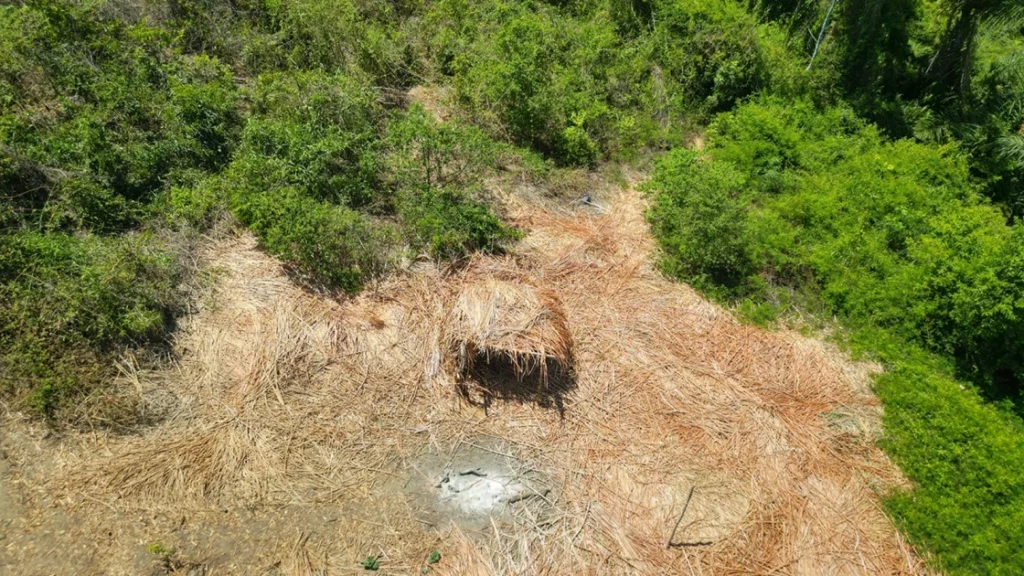In 1927, Ankarafantsika National Park received its official designation as one of Madagascar’s first protected areas. The 418,000 acre park is located on a spectacular escarpment that protects one of the last remaining expanses of tropical forest in northwest Madagascar. It is home to many unique species found nowhere else on earth, like the Long-tailed big-footed mouse and the Mongoose lemur. Importantly, the National Park is a vital water source that supplies freshwater to some of the most productive agricultural lands in the country, the rice paddies that surround the park.

Despite the global importance of Ankarafantsika for biodiversity and agriculture, the National Park has been destroyed at an unprecedented rate. Approaching its 100 year anniversary as a protected area, over 227,800 acres of forest have been destroyed (76,100 acres in just the past two decades), while 190,700 acres remain at immense risk of wildfires given the increasingly longer dry seasons and illegal activities.

Recognizing the severity of the situation, several local and international NGOs have rallied to the crisis at Ankarafantsika National Park, initiating fire watches and rapid response “Green Brigades” composed of Park staff, the local community, police officers, and national military to constantly patrol the park, apprehend arsonists, and put out fires.
It was believed that the fires were being set to clear forest for the local cattle (zebu), though patrollers noticed they rarely encountered zebu inside the park. Recently, a patrol led by the Fosa Association and Conservation Allies made a startling discovery during a field mission to evaluate the Ankarafantsika forest. The goal was to understand the possible origins of over 240 fires and 545 deforestation alerts that were reported between October 1-31, 2023 by Global Forest Watch and to capture the arsonists responsible for the degradation of the park.
Madagascar Conservation Officer at Conservation Allies, Manitra Rajaonarison, noted,
“We walked an average of six hours each day to reach some of the areas most impacted by fires. Once on site, our drone was deployed and used to survey the extent of the damage and search for arsonists over a wide area. During one reconnaissance flight, the drone located a major illegal campsite hidden in a vast Raffia palm forest.”


Raffia palms have the world’s longest leaves, reaching over 80 feet long and 9 feet wide. They are the source for raffia fibers, which are woven to create rope and textiles, such as decorative mats, baskets, hats and shoes. The harvesting of raffia leaves is very lucrative, particularly for international export. Manitra added,
“Typically, patrollers would head directly to where fires were spreading and try to put them out, but patrollers did not know who was setting the fires. At first we thought that the illegal Raffia palm collectors were not the source of fires, but we quickly realized that they were setting numerous fires to distract and divert the patrol teams away from their illegal activities.”

Further aerial drone surveillance and on-foot surveys by Manitra and the team uncovered a pattern of fires set 1-2 km away from illegal Raffia palm collecting camps. Finally, we have uncovered the principal threat to Ankarafantsika National Park and can redirect and intensify our efforts to protect the forest. With patrols targeted at the Raffia arsonists, what remains of the park can be saved. We are more hopeful than ever that by 2027, Ankarafantsika’s 100th anniversary, significant progress towards successfully protecting and restoring Ankarafantsika National Park will have been made.


